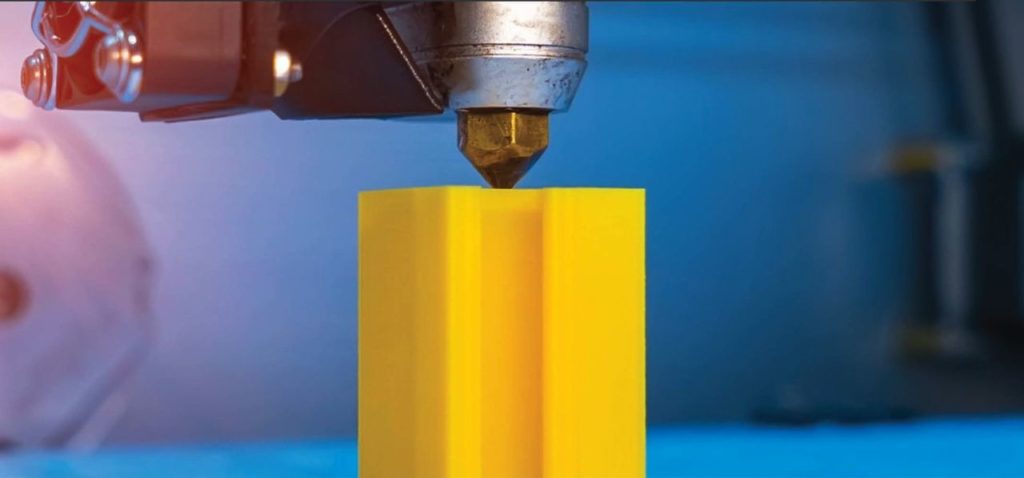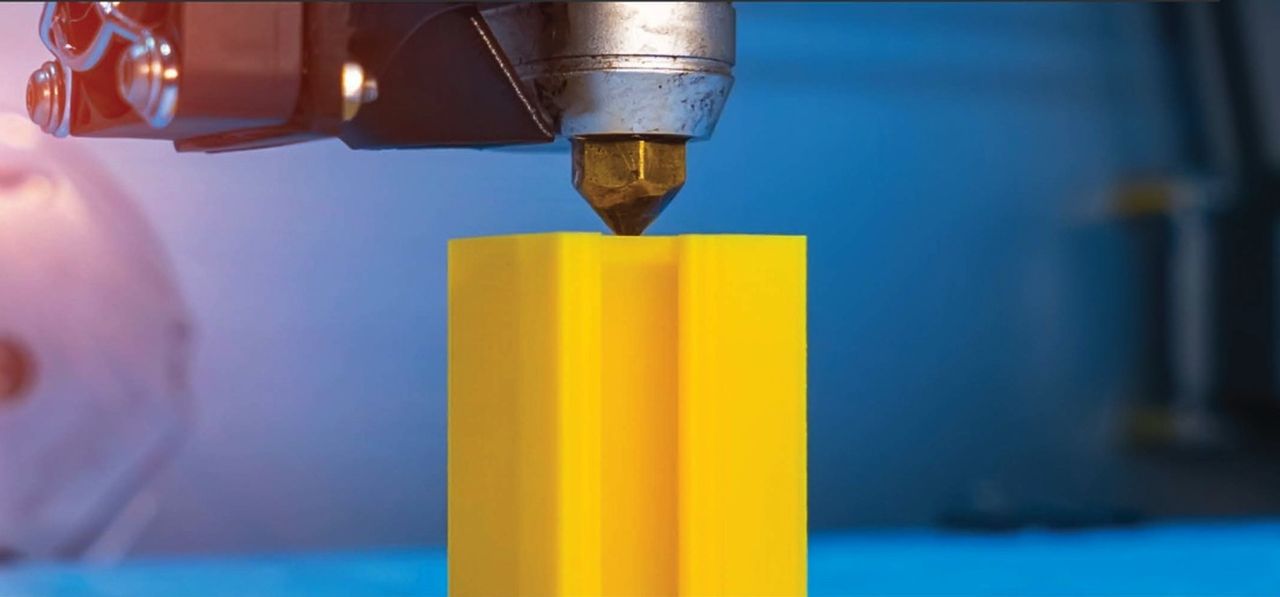
This week’s selection is “Simplifying 3D Printing with OpenSCAD” by Colin Dow.
The full title of this book is actually “Simplifying 3D Printing with OpenSCAD: Design, build, and test OpenSCAD programs to bring your ideas to life using 3D printers”, and that tells you a bit more about what this book is about.
OpenSCAD is the popular programmatic system for creating 3D models. While most 3D modeling tools are visual, where you interact with the growing object in a direct manner, OpenSCAD is all about programming.
An OpenSCAD 3D model is literally a set of programming statements that are executed. That execution builds up the 3D model, as the programming statements frequently offer ways to manipulate 3D geometry. The cool part of OpenSCAD is that it allows other programming logic to be mixed in with the 3D generative statements, making the models “smart” in ways that cannot be done with traditional 3D modeling tools. OpenSCAD is also an open source product that can be freely downloaded and used by anyone, and it is available for multiple platforms.
This book focuses on OpenSCAD, but in a rather different way than the previous books we’ve featured that teach the basics of OpenSCAD. Where they focus on the programming aspects of OpenSCAD, in this book Dow not only provides that overview, but also how OpenSCAD can be directly used with 3D printers.
Given that Fabbaloo readers are by definition interested in 3D printing, this book could be a better bet to get started in OpenSCAD because it covers the entire lifecycle of 3D modeling AND 3D printing when using OpenSCAD.
The book begins not with a description of OpenSCAD, but instead focuses on the basics of 3D printing. The hardware and materials are explored for FFF devices, the most popular type of 3D printers these days. Dow uses the Creality Ender series as example hardware to demonstrate the typical features of a 3D printer.
Dow proceeds to explain the 3D print lifecycle, with emphasis on the nature of the slicing system, which converts 3D models into printable code for specific 3D printers. He reviews several typical slicing systems on the market today, as well as explaining the difference between them and alternative slicers used for resin 3D printers.
An entire chapter describes the process of finding a 3D model and 3D printing it. This includes setting up the 3D printer and even a bit of troubleshooting.
At this point, Dow switches to focus on OpenSCAD: If you are able to 3D print something given the earlier chapters, then you’ll probably be ready to create your own objects for printing.
Part 2 of the book explains OpenSCAD first with the basics, and then moving on to more advanced topics. Dow uses several small, practical projects as examples to demonstrate the features of OpenSCAD. Dow covers multiple online libraries of OpenSCAD functions that can easily be brought into any OpenSCAD program, which greatly simplifies the development of anything complex.
Finally, Dow describes several complex projects to use all the knowledge previously explained, including a name badge, laptop stand, and model rocket.
If you’re very early into 3D printing or have not yet started, and wish to focus on using OpenSCAD as your primary 3D modeling tool, this book could be ideal for you.
We’re an Amazon Associate and earn a small fee from qualifying purchases. Help support our 3D print news service by checking out this book!
Via Amazon

